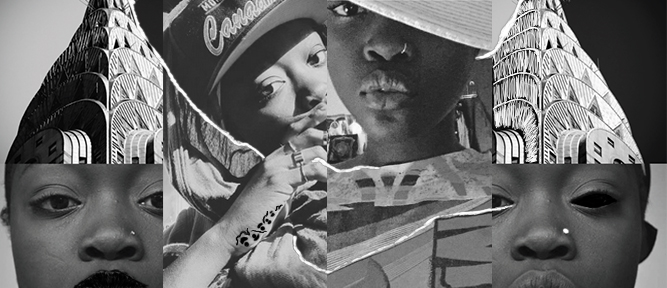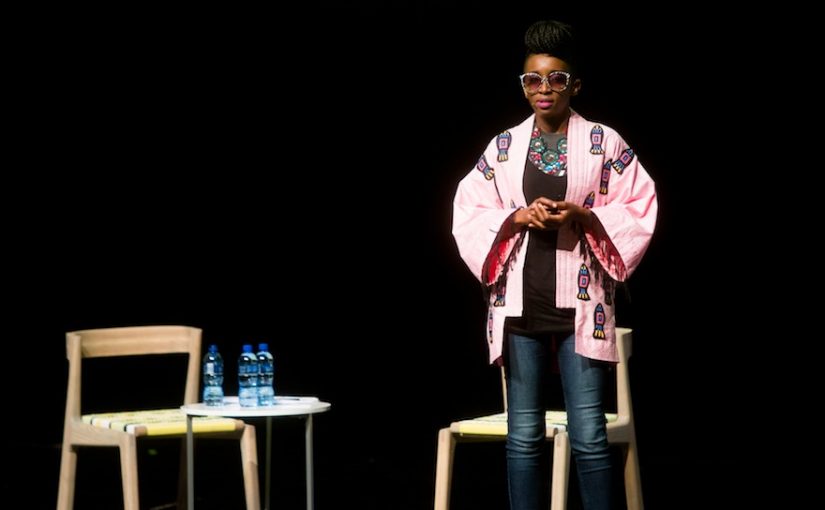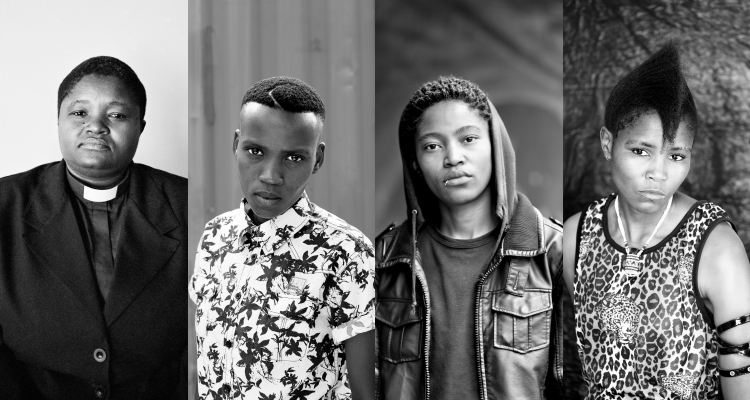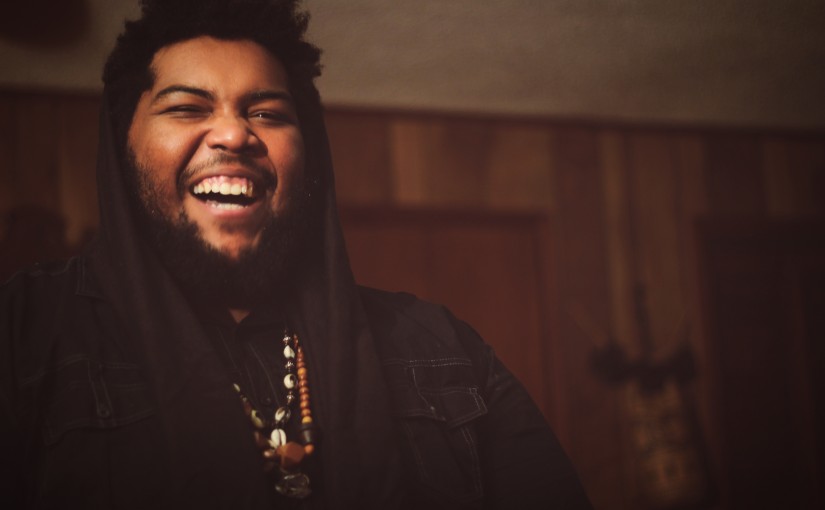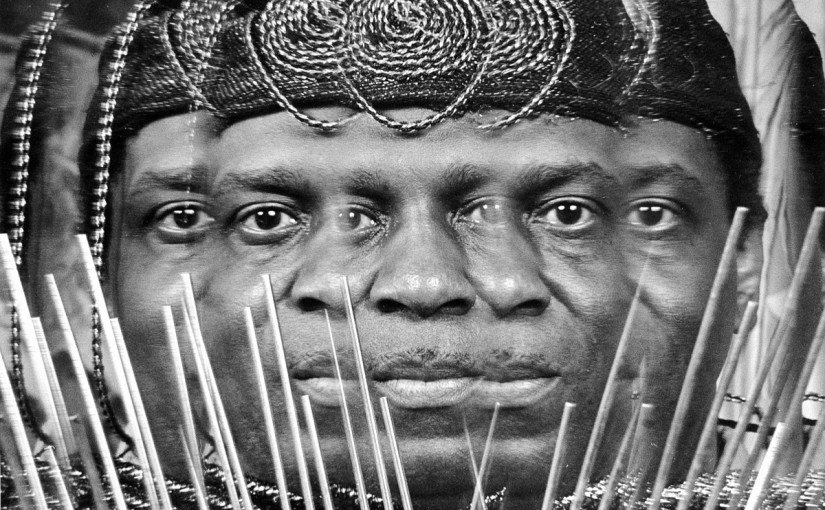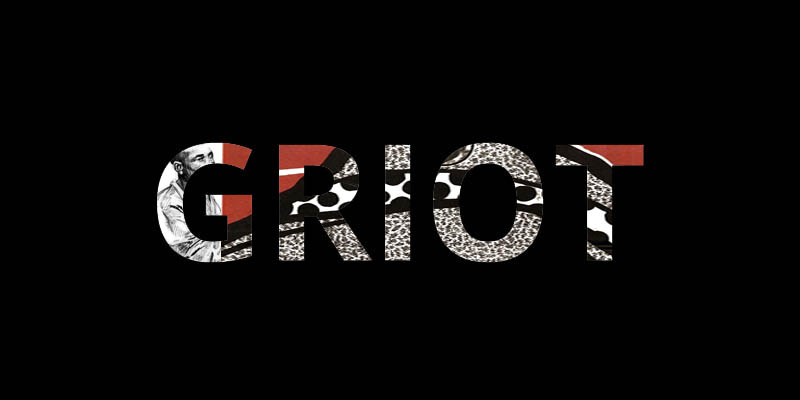Let’s take a big leap into « The Color Line » — a Musée du Quai Branly / Jacques Chirac exhibition — : The first « Before » of the season is featuring Blacks to the Future ! Explore the African- American culture thanks to a varied program, mixing traditions and contemporary creations, in one evening.
Category: Blackboard
Indigenous epistemologies and ‘bad design’ by Mukhtara Yusuf
Mukhtara Yusuf is a cultural activist of Nigerian Yoruba origin who explores identity making in a post-colonial context through Afrofuturist art. Her media of choice include printwork and collage, but she is especially committed to fashion and jewelry design. To her, dress articulates the unfinished business of self-making as a “3rd culture kid” of the diaspora.
BLACK(S) TO THE FUTURE FESTIVAL
In case you missed it : Black(s) to the future is launching its first festival in few days in Paris, the 2nd & 3rd of july !
Philippi Music Project
Philippi is the name of a township of Cape Town (South Africa), but it is also the origin of Philippi Music Project, a social innovation and musical project launched in 2014 by Sibusiso Nyamakazi and Baptiste Guillemet.
The wearable afro-cosmology of Selly Raby Kane
A man and woman dance to the hypnotic rhythm of synthesized drums and distorted singing, their stomping feet raising clouds of dust from barren earth, their upper limbs drawing elliptic figures against a backdrop of nebulous galaxies. In this depthless void where stars pulsate from the exposed heart of colored clusters, the lone dancers twist under the invisible pressure of the hammering sound. In gravity-defying gymnastics they move under a fluorescent ray of blue light that beams down from the eye of a nebula. They are being summoned. A ladder appears leading somewhere, nowhere. Is this dystopia or utopia? The scene gives no hint as to its history, whether the characters are welcoming or resisting the call.
black, trans and proud
The Black lives Matters movement, term used for the first time in 2013, is an activist movement developped, on the other side of the Atlantic ocean, as a reslut of polician’s violence and blunders among the afro-american community. “Black lives matter” is the motto of the mobilisation, wich is presented not only in the United States or in Canada but also in Africa, especially in Ghana.
Thoughts on the Afrofuturist influence on Afrosartorialism
An article by Laura Havlin that appeared in AnOther Magazine back in September is a good source to get acquainted with the afrofuturist aesthetic and to point to its influence on afrosartorial trends. (N.D.L.R. : This article first appeared on “Afrosartorialism”, Enrica Picarelli’s research blog, on 29 December 2015)
Neals Niat : Follow The Story Between The Lines…
“I have been drawing since I was little, it has always been a passion, which since recent years has become something more concrete. As my works are mostly inspired by my childhood in Cameroon and the world surrounding me, it has always seemed obvious to work in black and white, pretty much like VHS : I call it the “Monochromatic Visual Metaphor”. I want to share my cultural wealth through my work in a playful way . “Neals
Art by Krigga : Balance your equations
“My interest in collage really came to be when I immersed myself in studying alchemy. The idea of taking prima materia and transmuting it into something brand new grabbed me. I was always captivated by the collage aesthetic, and it was a natural talent for me. What really moved me was the lack of black faces and bodies in this particular expression. ” Krigga
Sun Ra – Janelle Monae : discrete cameos
One Google research is enough to acknowledge the distinguished Sun Ra and the archandroid Janelle Monae as obvious flagships of afrofuturism, cyber-intertwined in a movement they don’t claim to be actually part of. The first returned to the far-off Saturn planet in 1993 and the latter spans space and time in an alternative reality.
Interview w/ Mark Dery (4/4) : alternative futures & the (ambiguous) place of Africa
Following a not-that-unlikely-anymore forecast; the new promises of nanotechnologies and Artificial Intelligence appear to make the threat of Human disappearance bound to happen. This said, the announcements made from transhumanists to Singularity upholder should be more than urgently put through a critical riddle…
YZ, about ‘Amazone’ : ‘I searched for the warriors from the past to talk to those from the future’
In nowadays Republic of Benin once lived a female regiment of warriors, the Amazons of Dahomey, women protected by the King itself. Chosen and enlisted for their physical robustness and strength, they were socially equal to men. Fearless warriors, they decapitated their French enemies through the first years of the French-Dahoméenne war.

